Icon vs. Underdog: Alfa Romeo Spider vs. Fiat 124 Sport Spider
Italian roadsters offer the key to instant glamor in a way few other vehicles can match – and two of the greatest segment stars were the Alfa Romeo Spider and Fiat 124 Sport Spider, both of which debuted in 1966.
Similar on paper, these two cars are today significantly different in valuation, at least in their earliest (and some might say most desirable) iterations, with Alfa Spiders more than double the price of their Fiat equivalents.
While the Fiat, a celebrated classic in its own right, is far from an underdog in the traditional sense, it still has the potential to tempt someone out of their search for an Alfa. So with the help of Hagerty’s team of valuations experts, we’ve looked at what you can expect to find with an eye on this pair of Italian classics.
History: Alfa Spider and Fiat 124 Spider
You could reasonably argue that both these cars are icons, but twist an arm and you’d have to concede it’s the Alfa that best meets the definition, as both one of the definitive Italian shapes and one of Alfa Romeo’s most celebrated models.
The Spider formed part of Alfa’s 105 and 115 series cars alongside the 1962-on Giulia Berlina and the ‘63-on Giulia coupés, each respectively replacing their equivalent 1950s Giulietta lines.
While mechanically similar, fielding a range of twin-cam inline fours, and utilizing independent front suspension with a solid rear axle, Pininfarina’s 1966 Spider moved away from the more upright styling of its Fifties forbear with a sleek and seductive look now instantly recognizable as hailing from the era.
It’s these early cars with their curved boat tail that are most prized. While that distinctive styling cue was dropped in later series 2, 3, and 4 variants, those models gave the Spider a notably long life. The last Spiders rolled off the line in 1993, by which time the Mazda MX-5—itself inspired by 1960s roadsters like the Spider—was the dominant force in the roadster market.
Series 1 “Duetto” Spiders—the name chosen through a competition, but never officially applied to the model—were offered with first 1570cc then later 1779cc twin-cam fours, while an entry-level Spider 1300 Junior joined the range in mid-1968.
Fiat’s Spider arrived the same year as the first 105-series Alfa Spiders, and the similarities didn’t stop there. It, too, was designed by Pininfarina (the work of Tom Tjaarda, and initially built by the carrozzeria as well), and based on a platform shared with a saloon, a coupe, and an estate.
It used a combination of independent suspension (double wishbones in this case) up front and a live rear axle, while engines ranged from a 1.4-liter in the earliest cars to a 2-liter before it left the market in 1985. Interestingly, it was sold alongside another sports car, the mid-engined X1/9, for several years—those were the days, eh?
The 124 became wildly popular, particularly in the U.S., where it pretty much defined the Fiat brand in the same way the 1950s 500 did in Europe. Of the roughly 200,000 Spiders built—just shy of double the number of Alfas that found homes worldwide—around three quarters found their way to the U.S.
There is a shared footnote to the story of both cars: Back in the early 2010s, Alfa Romeo and Mazda announced a joint venture that would see a new Alfa Spider developed alongside the fourth generation of Mazda’s MX-5. The plans for the Alfa were abandoned when the late Sergio Marchionne, head of the Fiat Group, declared that an Alfa must be built in Italy—but there was no such stipulation for Fiat, which launched a new, Hiroshima-built 124 Spider in 2016, with styling inspired by Tom Tjaarda’s original.
Why you’ll want one
Even without prominent pop culture roles—everyone remembers the Duetto in The Graduate, but it’s also been virtually the default car casting choice for glamorous individuals in dozens of other TV series and movies—the Alfa Spider’s appeal is impossible to ignore. It’s one of the prettiest small roadsters ever built, from one of the most celebrated automotive brands, and like all 105-series Alfas, it’s renowned for the way it drives.
Key Alfa Spider characteristics are vocal, responsive, and lusty twin-cam powerplants, and a balanced chassis that suffers nothing in response or feedback for using a steering box rather than the typically more precise rack and pinion setup.
If you do find any aspect of the driving experience lacking, there’s a willing aftermarket only happy to change that too, with the likes of Alfaholics offering everything from improved components to incredible ground-up builds – though this can start to push the Alfa into the territory of true exotics, both in terms of price and performance.
The Fiat’s draw is that it offers all the qualities of a pert and pretty Italian roadster in a far more affordable package – one of the reasons these Spiders were so popular in the first place.
You still get a revvy, twin-cam four cylinder in any Fiat Spider rather than the more prosaic overhead-valve units used in regular 124s of the era. These units, the work of Aurelio Lampredi and often referred to as Lampredi engines, stuck around for decades. As a result, sourcing spare parts is generally not an issue, nor is finding specialists to work on them.
Which is prettier? That’s for you to decide, though we suspect the earliest cars of both the Alfa and Fiat will appeal to the eyes more than later iterations.
Values: Alfa Spider and Fiat 124 Spider
In many ways the comparison between the Alfa 1750 ‘round tail’ Spider and the Fiat 124 1.4 Spider is an unfair one, writes John Mayhead, Editor of the UK Hagerty Price Guide. The Alfa is arguably the best 105-series Spider there was, combining the elegance of the original design with the free-revving 1779cc engine and various other driving advances over the earlier Duetto including better brakes. Ease of adding upgraded parts thanks to the commonality of spares between 105-series models and the efforts of companies like Alfaholics and Classic Alfa make it a very popular car indeed.
On the other hand, the 124 Spider 1.4, although popular, has never quite attained the same adulation among buyers—and that’s reflected in the values, especially recently. Prices of both Spiders have risen significantly over the last few years and since 2013, with the Fiat up 69.8% and the Alfa has rocketed up 165.9%, much of which has come in the second and third quarters of 2022. What’s more, the 1969 Alfa 1750 commands another 3% on top of the aggregate 66-69 #2 value of $85,100.
What’s the outlook? 2023 ought to tell us if the Alfa’s recent spike is the new normal. Earlier Alfa Spiders such as the 1600 Giulia and 2000 (102 Series) cars have become seriously collectible; surely a good-quality, original 1750 Round Tail will find itself in that area soon given their relative rarity. We expect the Fiat to soldier on at or near its current values—it seems to have found its level. There are a lot of alternatives available on the market at the Fiat’s price point, especially when you include the broad range of British roadsters, and that may work against the 124’s values breaking out.
Who’s interested in these little lusty roadsters? For the Alfas, it’s primarily Boomers at 57%— their percentage of quotes outstrips their market share by 22 points. Gen X comes in just three points beneath their market share at 28%, with the remainder of folks having only nominal interest.
In contrast, the little Fiats are much more broadly appreciated. This makes sense given that even the best examples remain relatively attainable. Each generation’s interest in the 124 and its later Azzurra cousin is almost exactly proportionate with their market share. This bodes well for its value stability down the road.
Icon or underdog?
As with any duo in our Icon vs Underdog series, a car’s price will determine whether you can put an early Alfa Spider or 124 Spider in the garage. It comes down to whether you’re willing to sacrifice a bit of condition quality to go for the icon in this pairing. You can still find a #4 driver-quality early Alfa Spider 1750 for $42,800, while $37,600 will fetch you a concours-level Fiat. Driver-quality 124s can still be had for under $7 grand, a tempting number for entering into the Italian roadster club.
Should you though? The market is awash with options at the Fiat’s level, from the British equivalents, less pristine Duettos, or fresher examples of any of the later Alfa Spiders. With the Alfa, in contrast, we suspect more than a few potential owners would consider nothing else.
This makes our conclusion a little more clear-cut than most. Unless you have your heart set on the 124, it’s all too tempting to find a late series 2 Alfa Spider for similar money, and enjoy much of the experience, if not quite the looks, of those boat-tailed series 1 Alfas.
Check out the Hagerty Media homepage so you don’t miss a single story, or better yet, bookmark it.
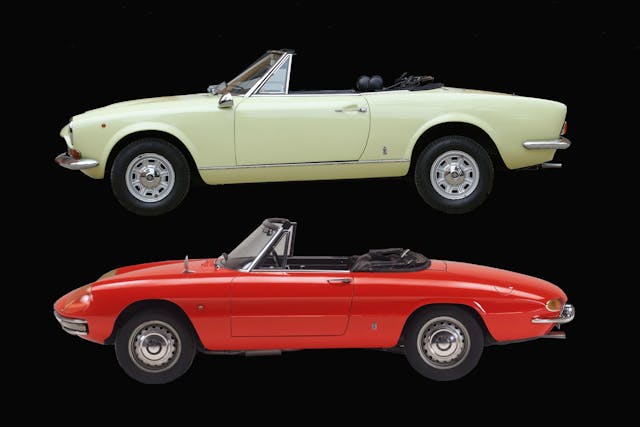
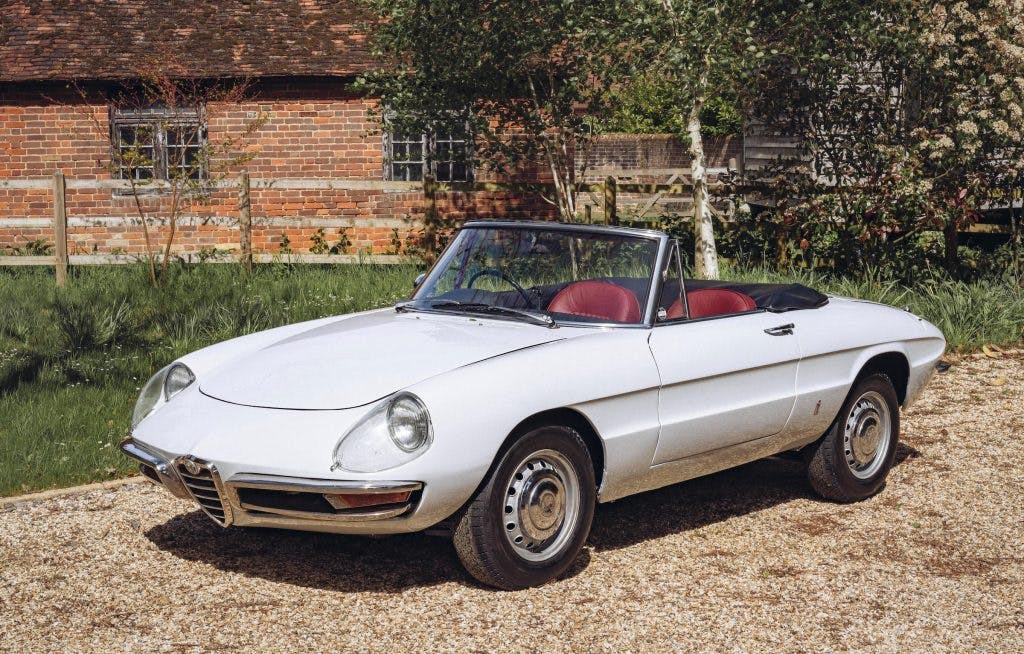
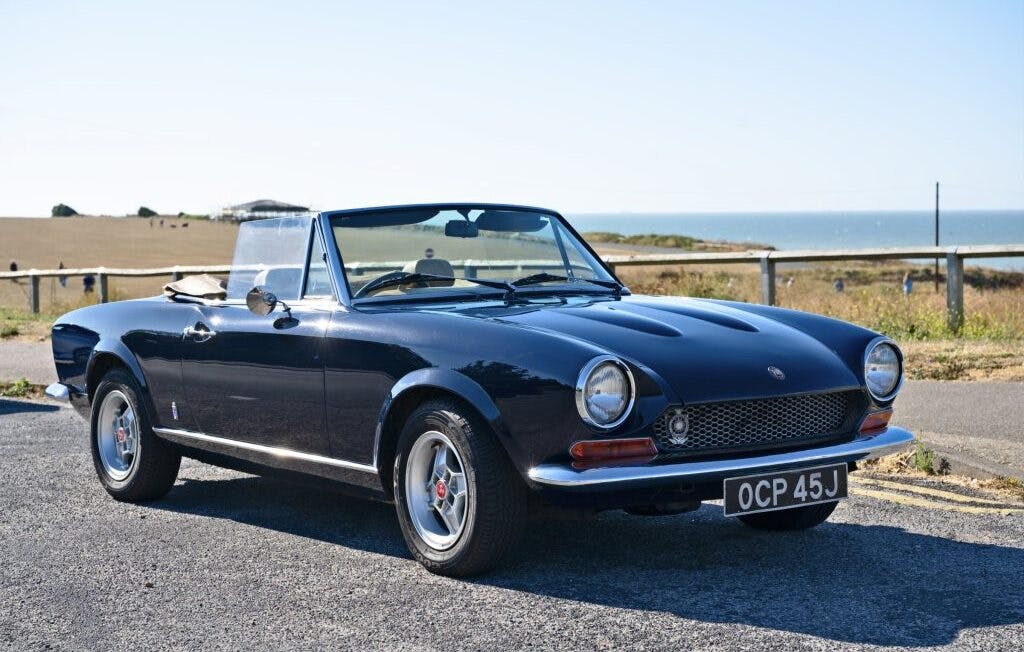
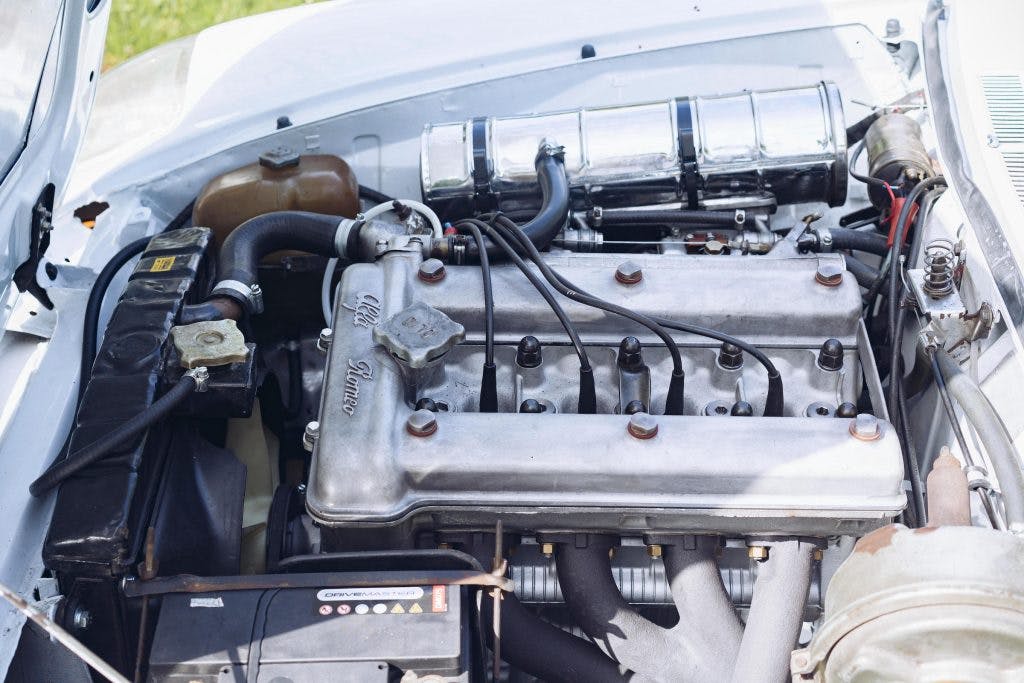
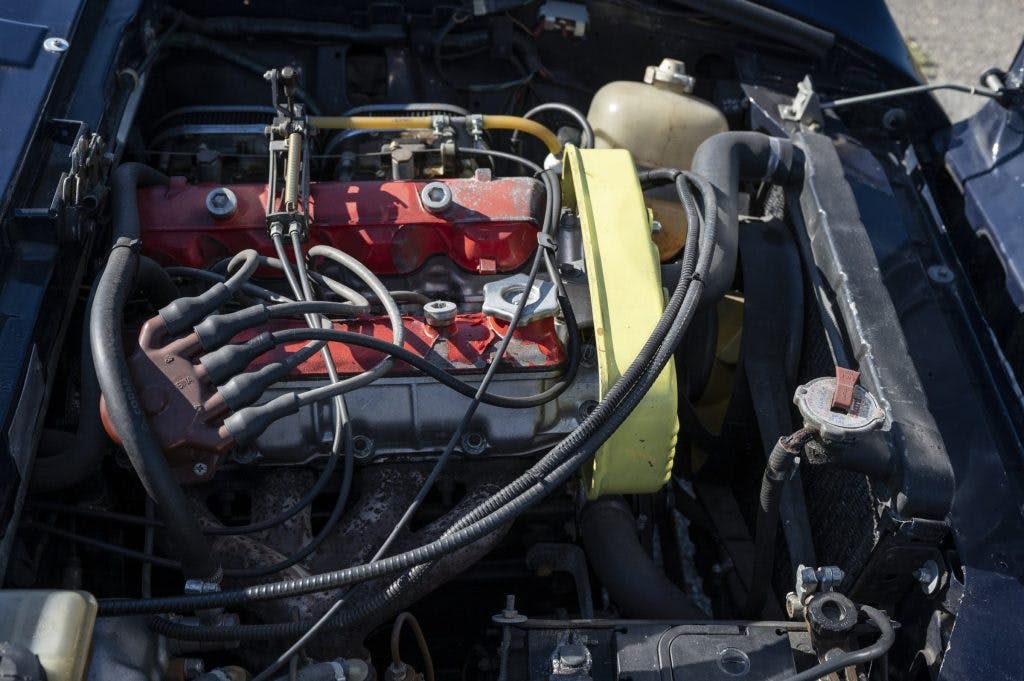
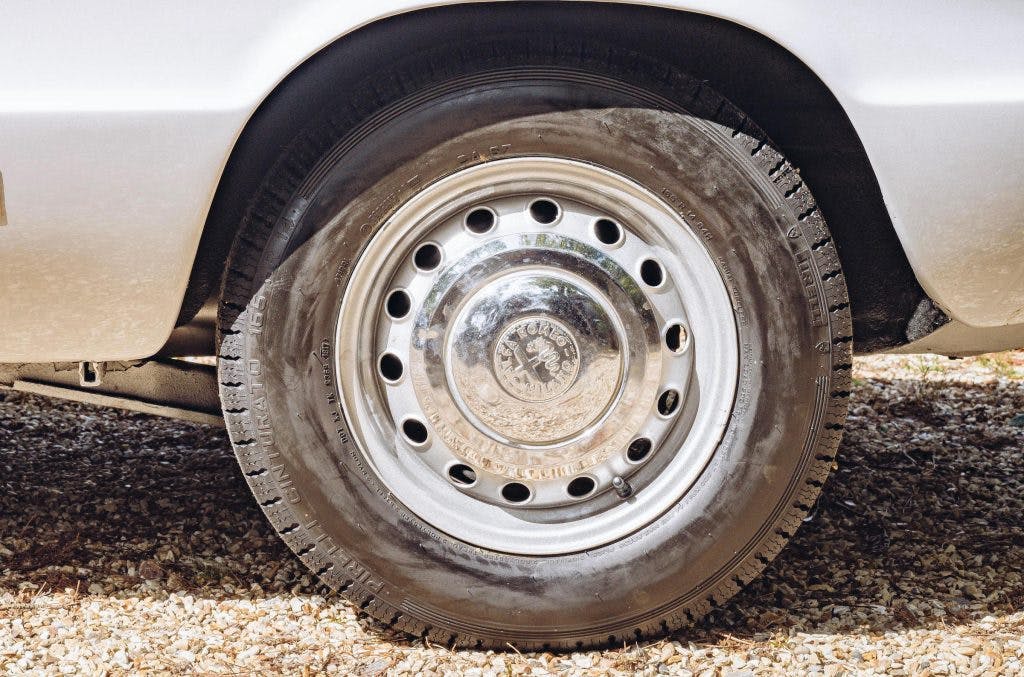
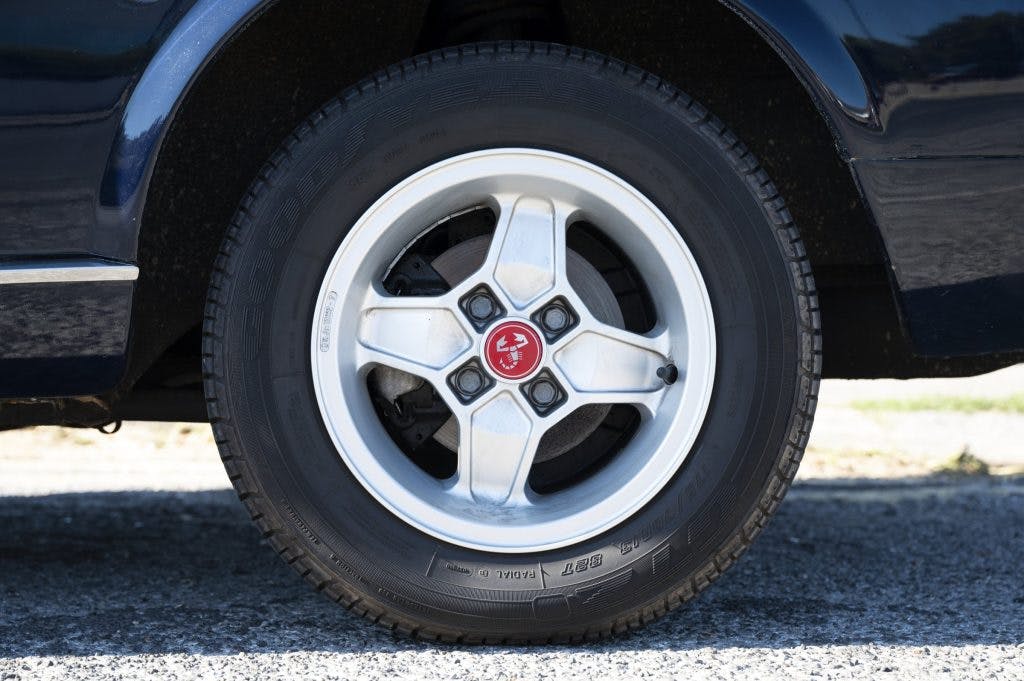
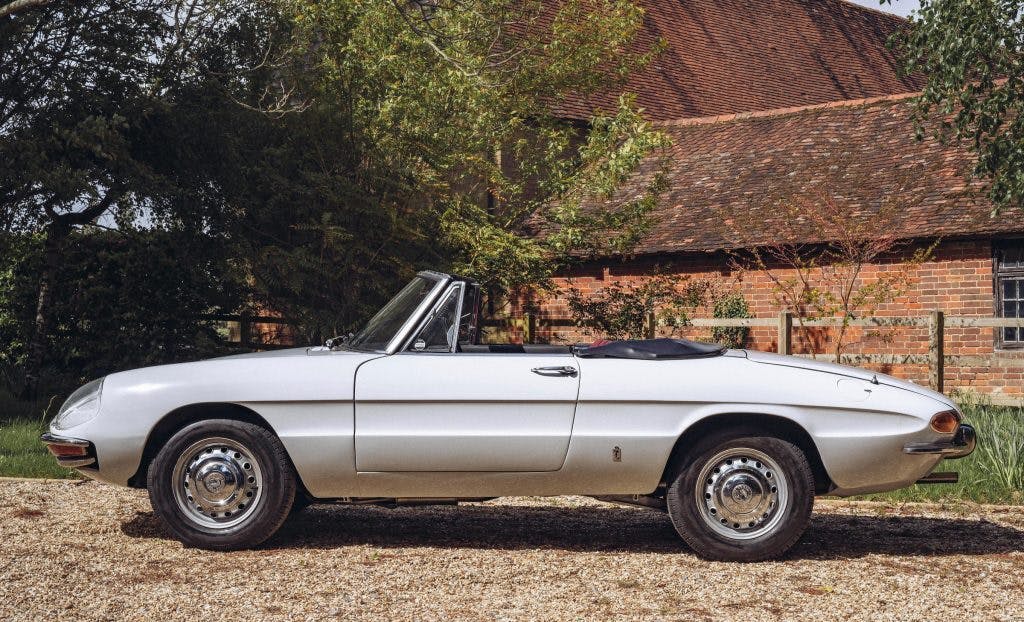
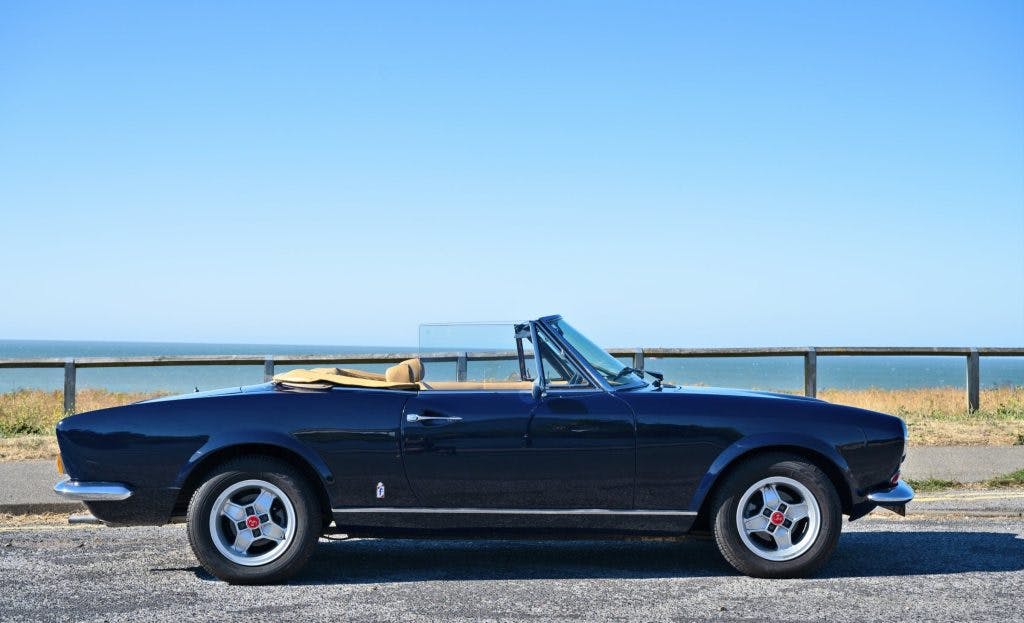
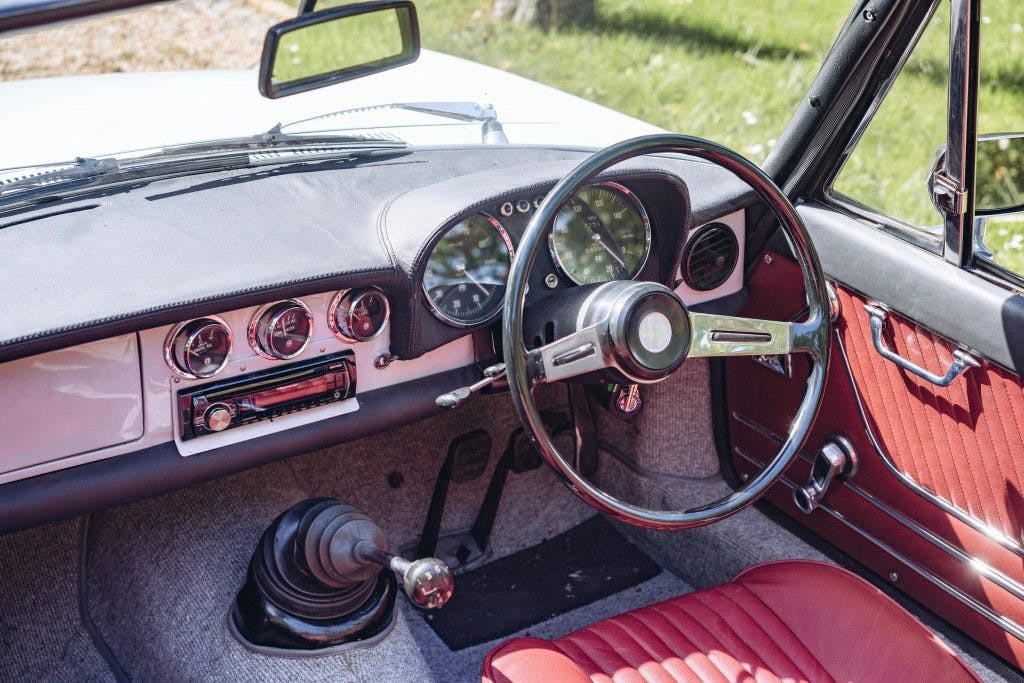
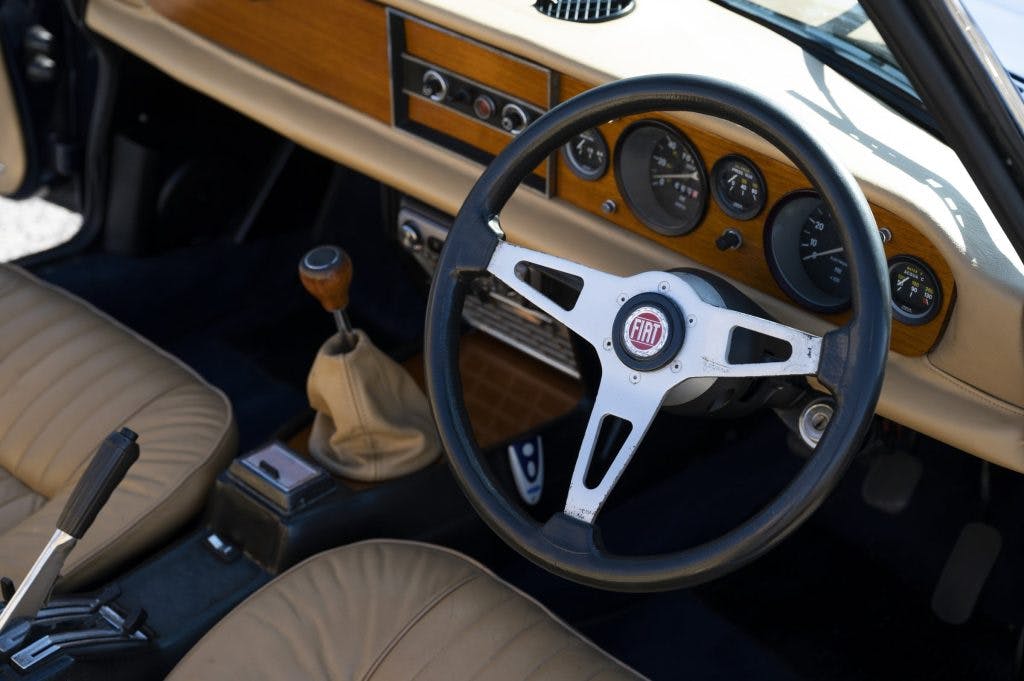
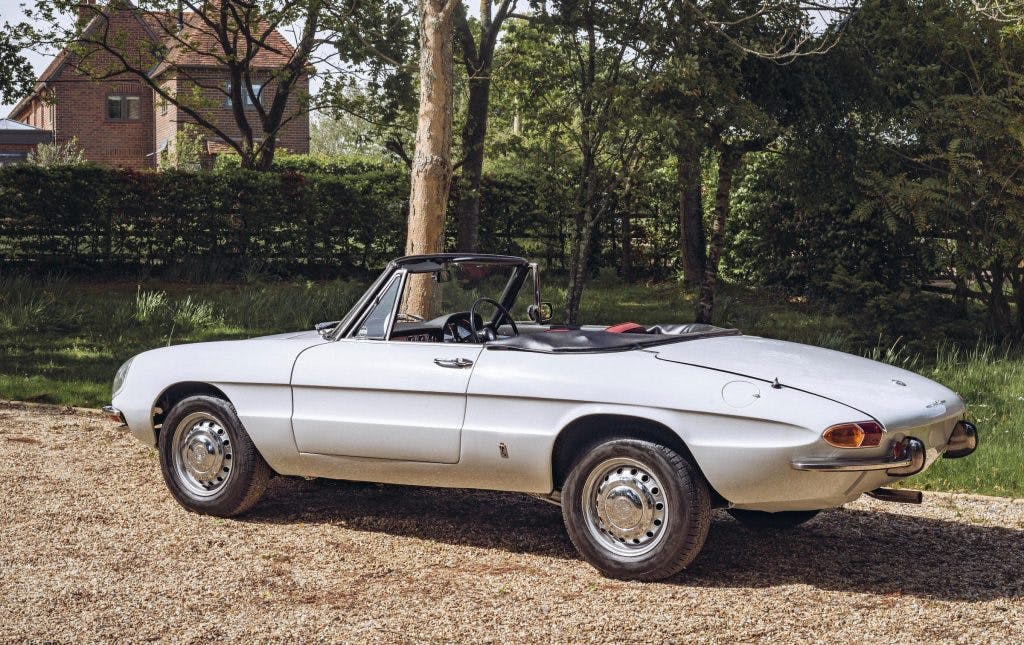

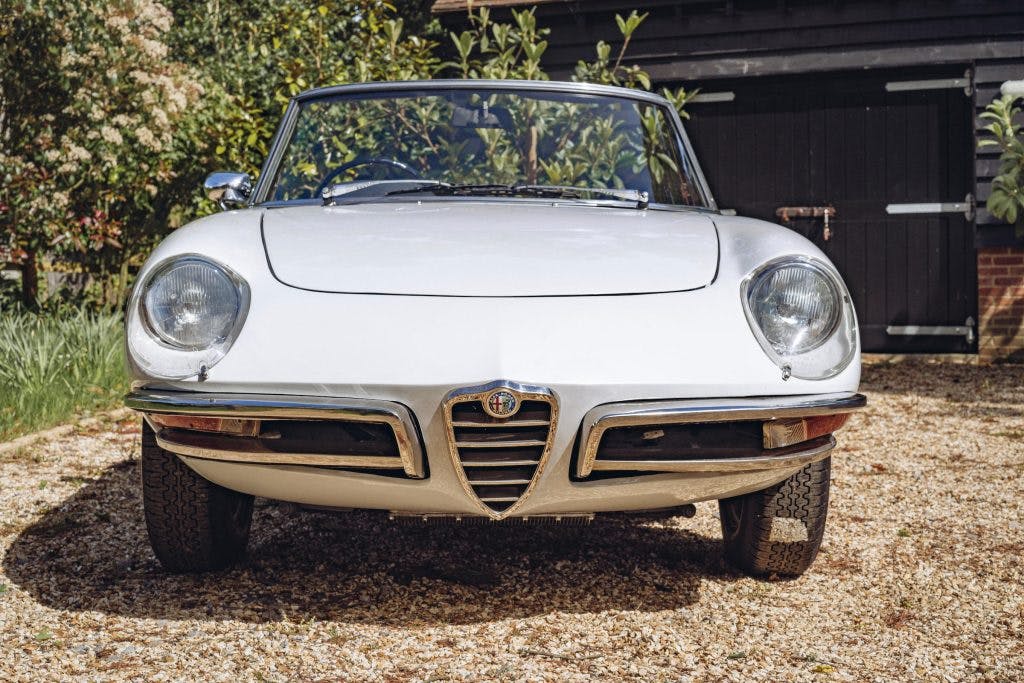
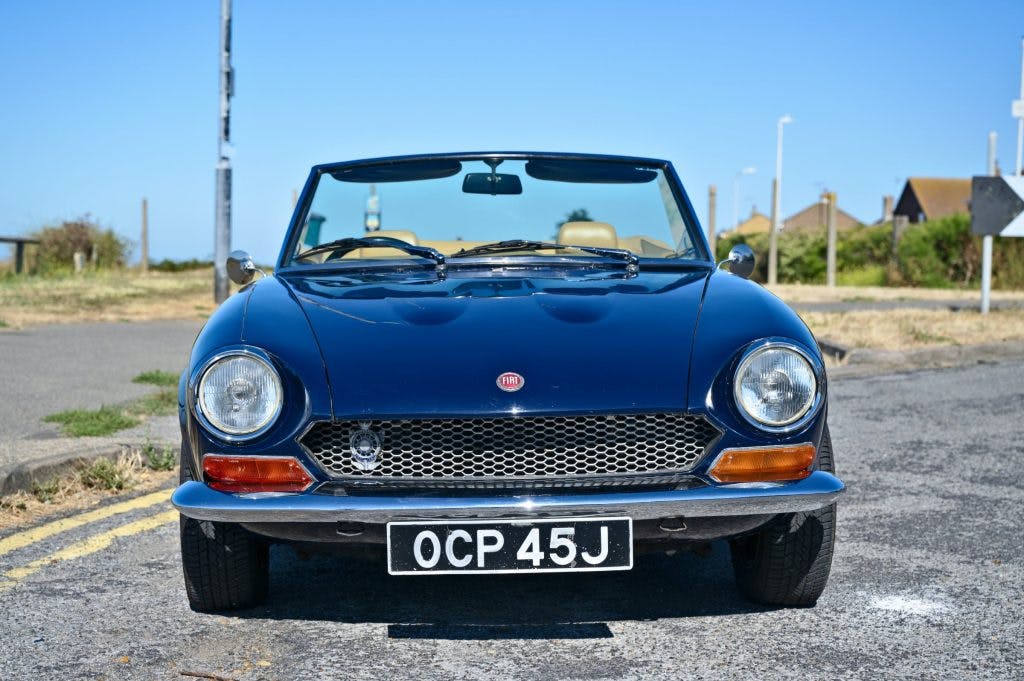
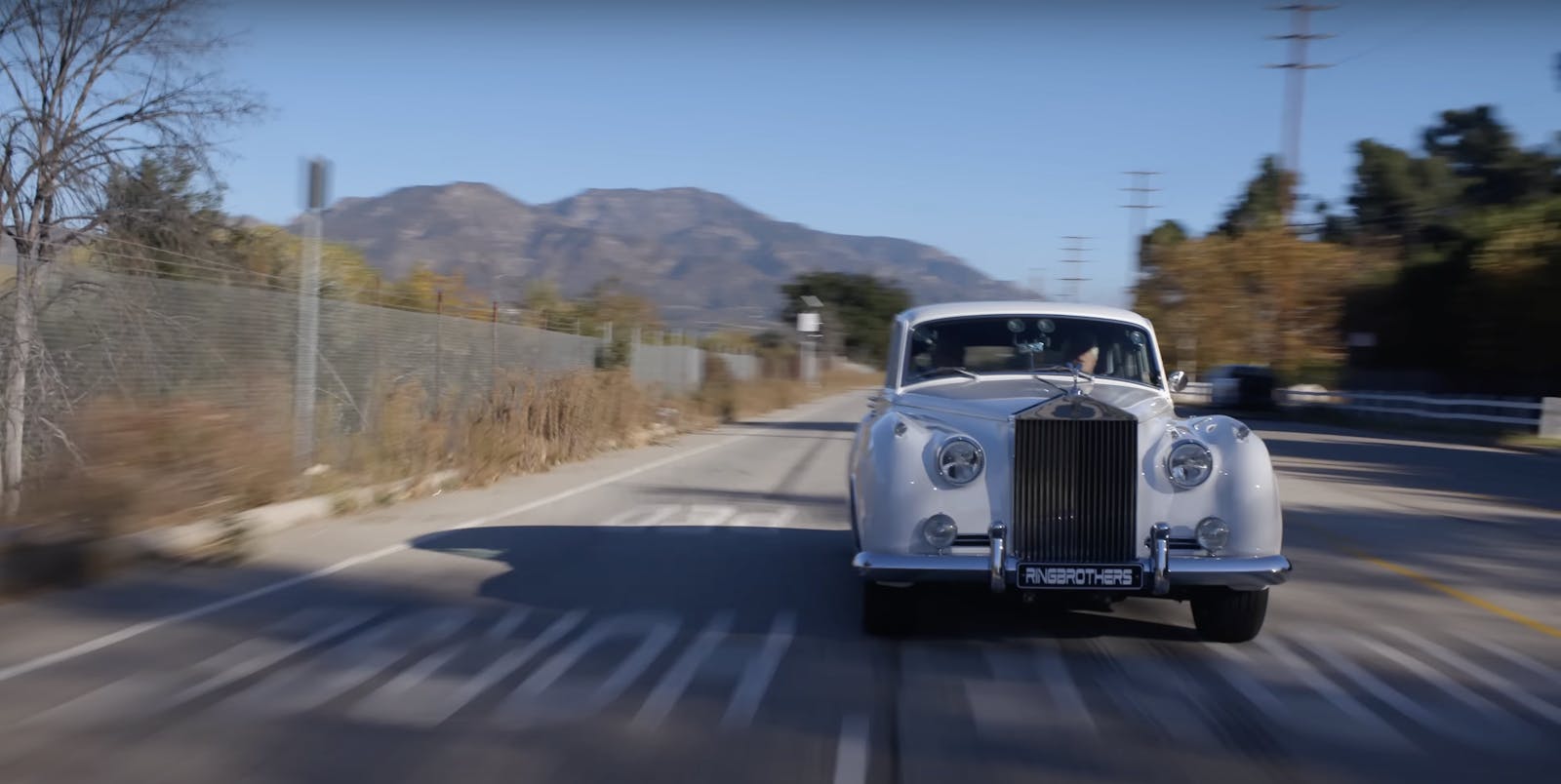

I love both of these cars. I saw my first Fiat 124 on vacation in Italy in 1967. Could not afford one so bought a 1956 Healey BN2. I still have it and a 1970 MG midget. My current everyday driver is a 2004 Miata NB. I’m 85yrs old and still love driving old cars.
We currently have my wife’s 1980 124 Spider 2000. She’s had it since high school, and we probably have less than $6k in it over 30 years (including a recent $3k service after the car sat in the garage too long). Great little car that I can comfortably drive at 6’4″. Fairly easy to maintain and Dallas has two 124 parts suppliers and a local mechanic that is a genius with Italian cars.
Have a 1981 Fiat Spider for sale on FB Marketplace in Augusta, GA. She needs a clutch and top. That’s probably it.
Oops, 1980!
I may be the odd man out but I like the kamm tail spiders better than the early boat tail Alfas. I always used to scratch my head a bit when people said Fiat 124 convertibles were beautiful cars, but they have grown on me over the last few years.
I have driven an early 70s 124 Spider and I thought it felt very soft and prone to understeer, but one, I had a TR4 at the time (which rode like an ox cart) and the 124 had been sitting on tbe lot for a while smd may have had bad shocks or low tire pressure.
Britain’ Classic and Sportscar did a camparo several years ago and, maybe trying to create a hot take, said the Fiat was the sportier car of the two. A bit of an outlier, I have not read that anywhere else.
As a long time European automobile technician I have loved both cars.
In the looks department I have always thought that the Fiat was the better looking of the two. From the grill that looks like it would such in and spit out anything that dared go near it to the flared fenders and all it’s sexy curves.
Don’t get me wrong the early cigar Alfas are beautiful,but I have never heard of them being referred to as baby Ferraris by the Technicians from Europe like I have the Fiats. I’m just saying.